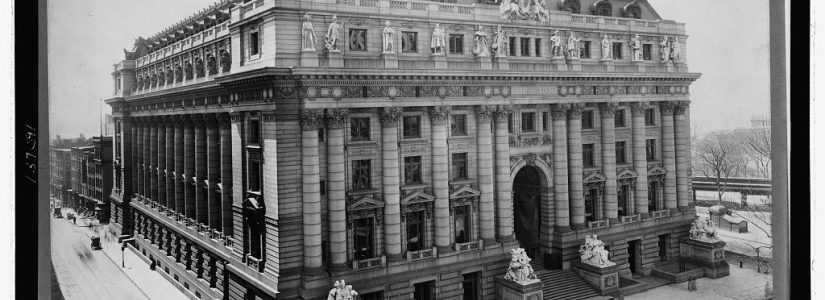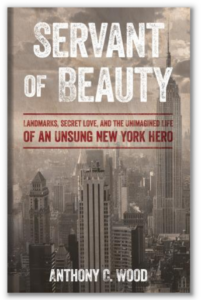
In Memoriam: Donald Oresman
October 25, 2016 | by Susan Henshaw Jones, Former Ronay Menschel Director of the Museum of the City of New York and Former President of the New York Landmarks Conservancy
Article from the Fall 2016 Newsletter
One of New York City’s behind-the-scenes preservation warriors in the 1970s through the beginning of the 21st century, Donald Oresman began his journey in this field as a trusted young colleague of Whitney North Seymour, Sr., another early champion of the City’s preservation movement. Both were attorneys at Simpson Thacher & Bartlett in the 1970s, then located at One Battery Park Plaza, overlooking the newly vacant U.S. Custom House at Bowling Green. Seymour, a founding member of the New York Landmarks Conservancy (NYLC), asked Oresman to join him on the board of the fledgling organization, recently created under the auspices of the Municipal Art Society. NYLC was to serve a role for landmark structures akin to that of the Nature Conservancy in acquiring, leasing, and selling property—doing anything legal to ensure these structures’ preservation.
Playing this all important role, Oresman mobilized many attorneys at Simpson Thacher & Bartlett to further the Conservancy’s projects, including the leasing of the U.S. Custom House to advertise its vacancy; the purchase and long-term leasing of the Fraunces Tavern block through a gift from the Vincent Astor Foundation; the preservation and reuse of the Federal Archive Building in Greenwich Village to create the New York City Historic Properties Fund, a multi-million dollar revolving fund that still functions today; and the preservation and reuse of the Villard Houses. Oresman remained on the NYLC’s board for 25 years, including a term as its chairman.
Prickly and ornery yet very loyal, Oresman was above all an activist who enjoyed solving concrete problems. Although he said he much preferred books to buildings, he was a preservationist in all regards. After leaving Simpson Thacher & Bartlett he became part of a three man trio who ran Gulf + Western, which later became Paramount Communications. Ensconced in an office at the top of the corporate skyscraper headquarters on Columbus Circle, he provided a berth for Brendan Gill, another preservation giant, and his assistant Susan for many years, although this cadre of preservation advocates was later ousted from their perch because of a pernicious rodent problem caused by the droppings of the many caged birds in their office. To me, Oresman was a beloved curmudgeon and a true preservation activist. We should applaud his many preservation victories in the final quarter of the 20th century.




